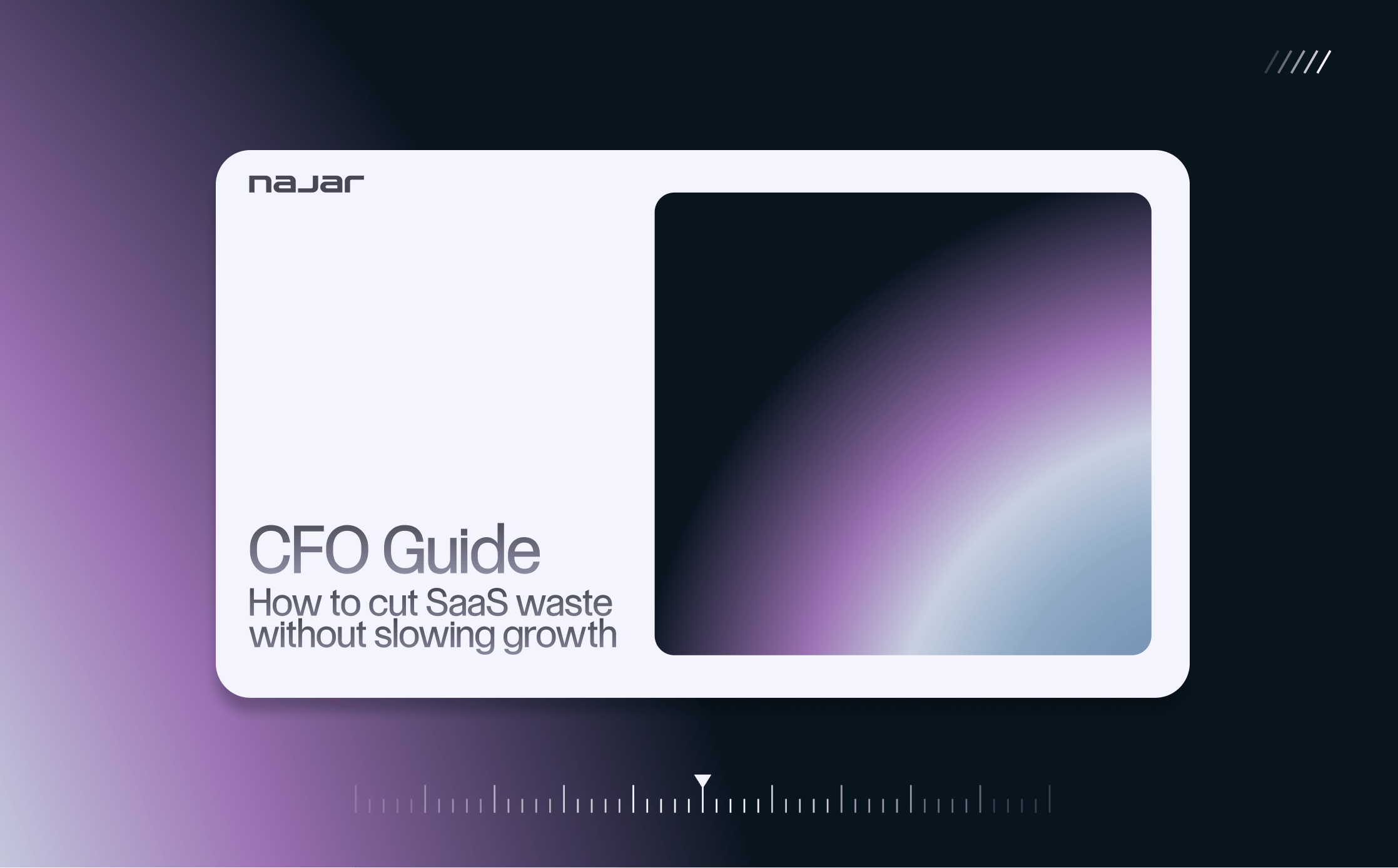Against a backdrop of health and economic crises, many companies have recently experienced payment difficulties. In the Global Treasury Survey 2021, PWC presents cash and liquidity management as a strategic priority.
It is essential for companies to optimise their spending and manage their cash flow effectively. However, problems of cash loss are still recurrent.
How can you avoid this over-consumption of cash? In this article, we present strategies for minimising your company's cash flow losses, in particular by using SaaS solutions.
Common causes of cash flow losses
Common cash flow losses
First of all, let's remember that a company's cash position is made up of immediately available liquid assets. In other words, cash is the cash in the organisation's bank account.
Sometimes, however, a company uses part of its cash without exploiting its full potential - or even without exploiting it at all. In such cases, the term "cash losses" is used to describe cash that has been spent when it could have been better used.
These losses are very common and often go unnoticed when the amount is small. However, when they accumulate, they become a significant loss of income for a company.
While they are all the result of poor cash management, these cash losses can be caused by a number of different issues. Let's take a look at the two main causes.
Redundant or unnecessary expenditure
The first form of cash flow loss is also the most obvious: unnecessary expenditure. There are several types of unnecessary expenditure:
→ Expenditure on an unused service or one that does not create value
→ Expenditure that is too high in relation to the quality of the good or service
→ Redundant expenditure on a duplicate good or service.
If you think that this type of unnecessary expenditure doesn't apply to you, think again! They are actually very common, particularly among company subscriptions: Internet, office cleaning, software, etc.
These services seem to us to be compulsory and the associated expenses incompressible. Few people take the time to optimise these expenses. The result is a loss of cash that is entirely avoidable.
Poor cash management
The second source of cash flow losses is poor management of financial flows over time. In this case, the company does not anticipate its expenditure in order to maintain sufficient free cash flow.
For example, if you pay your suppliers early but your customers pay you late, this creates a cash gap. You then have to advance the company's own cash. This is actually a form of cash loss: the cash you advance is less cash available to invest in your business or pay off your debts.
Of course, the timing of cash flows depends on the company's sector and can be more or less serious depending on the scale. However, many businesses have plenty of room for manoeuvre and could generate more cash if they were better organised.
Accounting errors can also cause cash flow losses. In fact, recording the wrong information sometimes leads to paying more or receiving less.
Strategies for better controlling your expenditure
Whether caused by unnecessary or poorly managed expenditure, cash flow losses are very damaging for businesses. However, it is possible to take action and minimise them, thanks to a number of strategies.
Monitor cash flow
First of all, it is essential to monitor your company's cash flow in detail. This includes a regular view of expenditure, so that you can analyse your company's situation.
Once set up, this monitoring makes it easier to control and verify transactions. It limits errors and allows you to detect expenses that could be avoided. In addition, it is important to look at the structure of incoming and outgoing financial flows to understand cash flow discrepancies.
In practical terms, cash flow monitoring is the foundation of any strategy for minimising losses. In fact, it is important to have a vision of where your cash is at the outset and to be able to monitor its evolution so as to put in place new, more efficient management methods.
Optimising your expenditure
Thanks to the monitoring you have put in place, it is then possible to avoid unnecessary expenditure
→ By tracking expenditure that could be avoided
This involves listing each item of consumption and assessing the value it brings to the company. For example, do you really need a maintenance service that covers the weekend?
→ Optimising necessary expenditure
You need to check that your expenditure is not redundant, which is often the case with SaaS. To estimate your current SaaS-related losses, use Najar's free calculator now.
To optimise your spending, you can also compare offers to choose the best suppliers at the lowest cost.
Renegotiate your contracts
To minimise cash flow losses, you can also renegotiate the terms of your contracts, in particular:
→ Prices
Renegotiating the price of a service or good with a supplier certainly requires a good knowledge of the service and the offers, but it can save you a lot of money, especially for multi-year subscriptions. For example, it can be very worthwhile to negotiate the rates for the Saas services you use.
→ Deadlines
Renegotiating deadlines can also greatly reduce cash flow losses. The aim: pay late and get paid early. Paying your suppliers late and receiving payments from your customers quickly will boost your cash flow and give you more cash to invest.
Use a Saas to minimise your cash flow losses
However, the strategies we have just outlined are difficult to put in place without the support of SaaS solutions. Let's take a look at the benefits of these tools.
How can a SaaS tool help you?
It is very complex to monitor, analyse and optimise a company's cash flow effectively without IT support in the form of SaaS.
A SaaS, or software as a service, is software made available by a supplier and installed on a remote server. By using SaaS, you can access specific services directly on your computer, such as accounting tools.
When it comes to minimising cash flow losses, cash management SaaS is a formidable tool! Depending on the offering, they provide you with a wide range of tools for optimising your financial flows:
→ Data visualisation services
→ Grouping of bank accounts
→ Information on current payments
→ Suggestions for optimisation
→ Scenario planning and testing
→ Artificial Intelligence integration to analyse flows
→ Etc.
How do you choose a SaaS?
SaaS offers are many and varied, and there is a service for every sector and every scale. So, whatever your business and your budget, there's a SaaS to address your financial issues and help you minimise your losses.
Among cash management SaaS, Agicap, Pennylane and Fygr are leaders in France. They offer financial data aggregation and visualisation services to help you monitor your cash flow.
These tools are just two examples, and there are many other relevant SaaS solutions. So it can be difficult to identify the one that's right for you. That's precisely the challenge of Najar's inventory service, which aims to reduce your unnecessary expenditure by optimising the range of SaaS solutions available to you.
How do you make the most of a SaaS?
Once you have made the right choice, you then need to make intelligent use of your new cash management SaaS. In fact, misuse of a SaaS is in itself a form of cash flow loss.
To ensure that your management SaaS enables you to minimise your leakage effectively, here are a few best practices:
→ Draw up a financial statement and introduce regular cash flow monitoring, in the form of a dashboard for example
→ Set up cash flow alert indicators
→ Get help from advisers to adapt the tool to your needs
→ If possible, manage as many of your expenses and financial flows as possible via SaaS, so as to centralise your processes
→ Check the SaaS scalability options, to make sure you can use this tool throughout the development of your business.
You've got it: inattentive management of your company's cash flow can lead to major cash losses. This is a very common problem, because these leaks often go unnoticed.
SaaS is the ideal solution. They enable you to monitor your financial flows precisely, so you can control your spending more effectively.
So if you want to do something about these cash flow losses within your own company, we suggest you choose a suitable SaaS. Used properly, it's an essential tool for minimising cash leaks and exploiting the full potential of your treasury.




